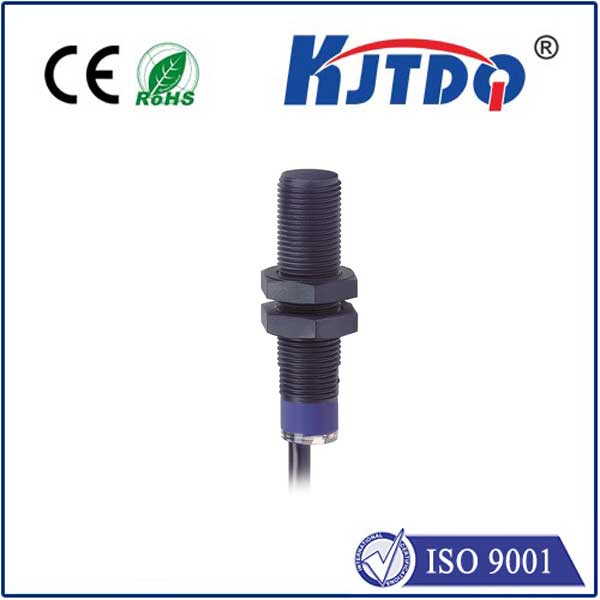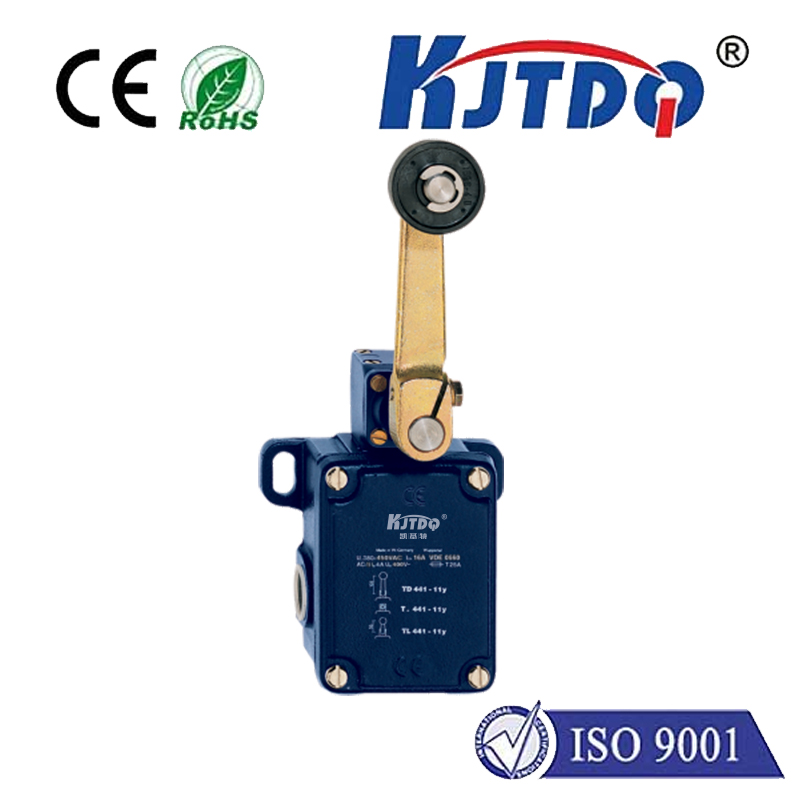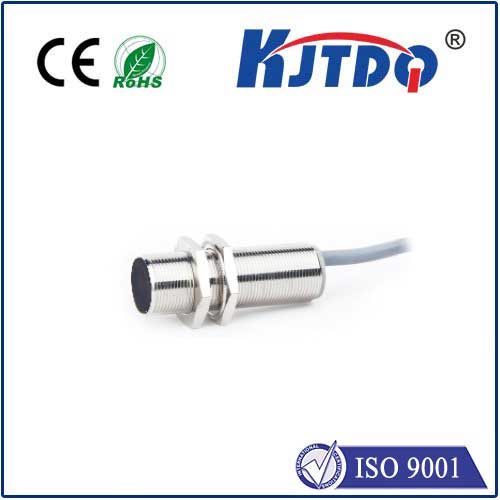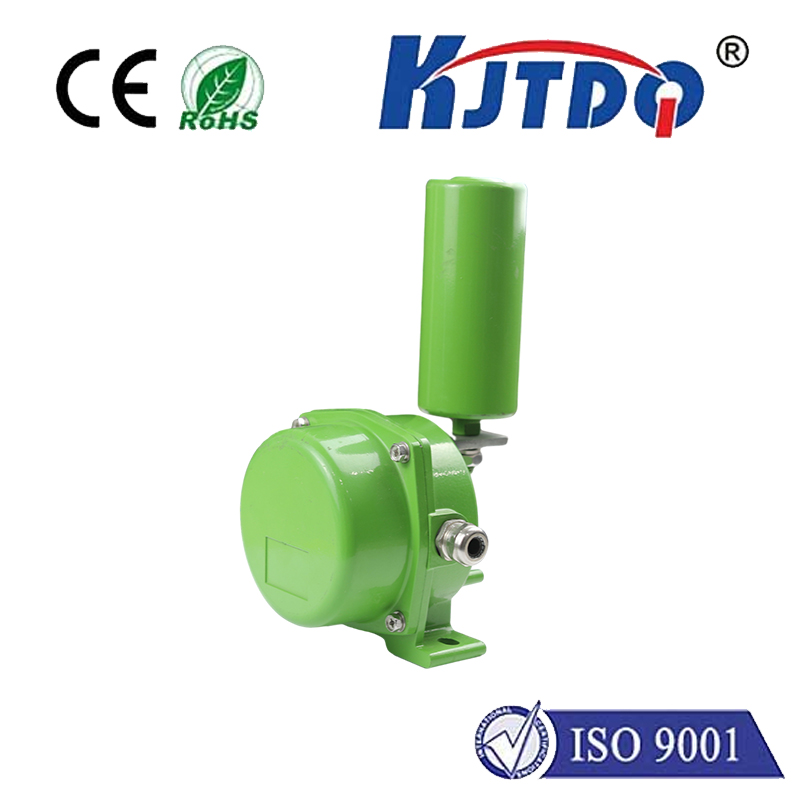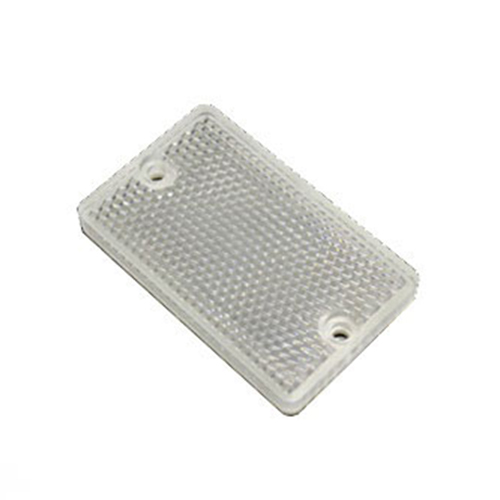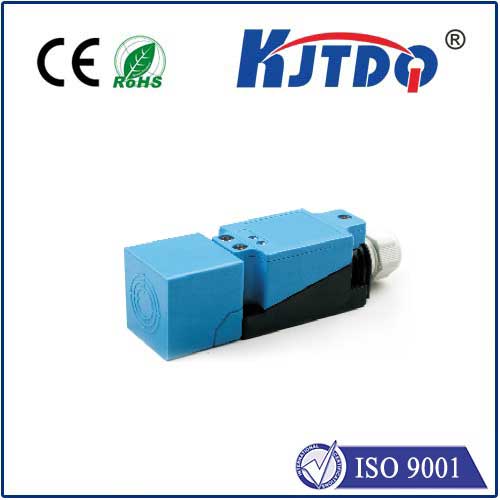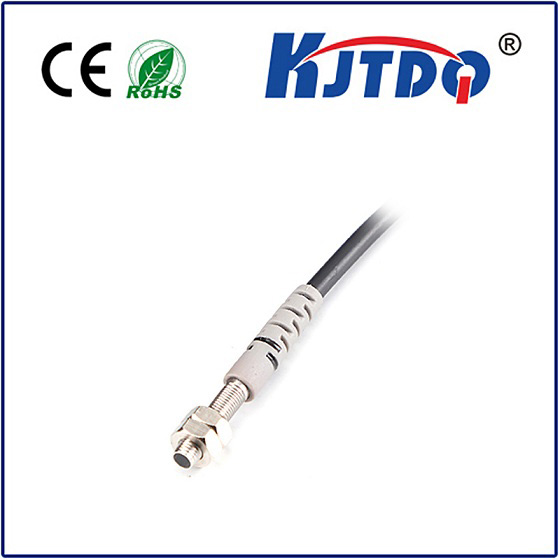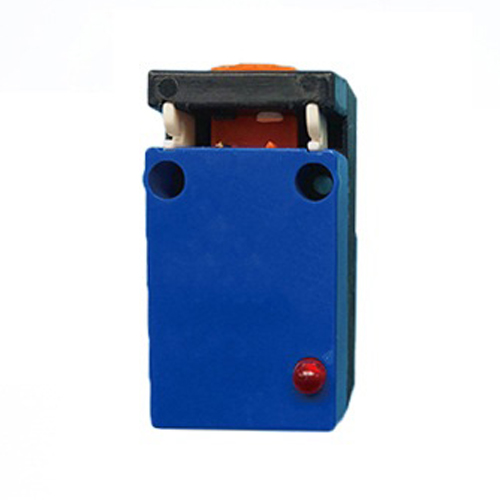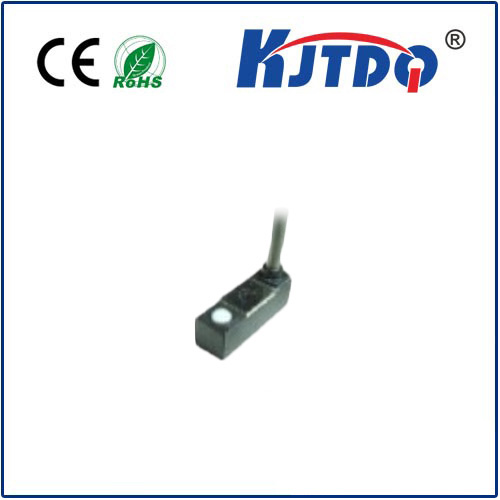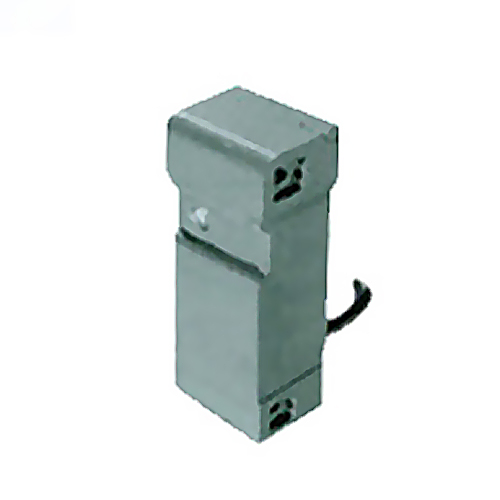ir proximity sensor price
- time:2025-07-12 03:45:16
- Click:0
IR Proximity Sensor Price: It’s Not Just About the Sticker Cost
So, you need an Infrared (IR) proximity sensor. Your first instinct is likely to search for “IR proximity sensor price,” hoping for a quick, simple number. But here’s the reality: pinning down one price is like asking “how much does a car cost?” The answer spans from a basic economy model to a high-performance luxury vehicle. Understanding the true cost of an IR proximity sensor means looking beyond the initial purchase price and diving into the factors that create that wide range. Let’s break it down.
Why the Wild Price Swing? Key Factors Driving Cost
The price of an IR proximity sensor can vary dramatically, from a few cents per unit in massive volumes to tens of dollars for specialized devices. This disparity stems from the specific capabilities and build quality demanded by different applications:

- Sensing Range & Performance: How far and how reliably does it need to detect? A sensor designed to trigger an automatic faucet at 5cm is fundamentally different (and less expensive) than one detecting a vehicle 3 meters away in a parking assist system. Longer range and higher precision typically require more sophisticated optics, stronger emitters, and sensitive receivers, increasing cost.
- Accuracy and Repeatability: Does your application need basic object presence/absence detection, or precise distance measurement? Sensors offering analog output proportional to distance or high-resolution digital outputs (like I2C) command a higher price than simple digital on/off switches.
- Environmental Ruggedness: Where will it live? A sensor operating in a clean, climate-controlled office faces fewer challenges than one battling dust, moisture, vibration, or extreme temperatures on a factory floor or inside an automotive wheel well. Sensors rated with high IP (Ingress Protection) ratings or specific automotive certifications (like AEC-Q102) involve more robust materials, sealing, and testing, significantly impacting the price.
- Response Time & Refresh Rate: Applications requiring ultra-fast detection (like high-speed sorting machinery or touchless gesture control) need sensors with incredibly quick response times and high refresh rates. Achieving this speed requires higher-quality components and optimized design, contributing to a higher cost.
- Specialized Features: Do you need ambient light rejection for reliable outdoor use? Resistance to specific interfering light sources? Programmability for sensitivity or output logic? Features like ambient light immunity (using modulated IR), sunlight filtering, or digital configurability add layers of complexity and cost.
- Output Type: As mentioned, a basic digital logic output is the simplest and cheapest. Analog voltage or current outputs add cost. Digital communication interfaces (I2C, UART, SPI) offer configurability and data richness but are the most expensive type.
- Package Size and Form Factor: Miniaturization, especially for consumer electronics like smartphones or wearables, requires advanced manufacturing techniques. Extremely small, low-profile SMD (Surface Mount Device) packages are harder to produce and assemble than larger through-hole components.
- Volume: This is crucial. Manufacturers offer substantial price breaks for large production volumes. The unit price quoted for buying 10,000 sensors will be drastically lower than buying 10 prototypes. Development kits or single-unit prices reflect high overheads.
- Brand & Supply Chain: Established manufacturers (like Vishay, Sharp, Everlight, TE Connectivity, Omron, STMicroelectronics) with rigorous quality control and reliable supply chains often command a premium over lesser-known brands. However, choosing based solely on the lowest upfront IR proximity sensor price can risk reliability and long-term support.
Beyond the Sticker: The Hidden Costs of “Cheap”
Focusing only on the lowest initial IR proximity sensor price can be a false economy. Consider these potential hidden costs:
- Reliability Failures: A sensor failing prematurely in the field leads to warranty claims, replacement parts, labor costs for repair, potential product recalls, and severe damage to brand reputation. Higher-quality sensors, while costing more upfront, offer lower total cost of ownership due to reliability.
- Performance Issues: Inaccurate detection, false triggers, or limited range caused by an inadequate sensor can lead to product malfunctions, user frustration, and returns.
- Calibration & Integration Effort: Poorly characterized or inconsistent sensors might require complex calibration routines or extensive testing during production, increasing manufacturing costs.
- Supply Chain Risks: Choosing an obscure supplier based solely on price can lead to stock shortages, long lead times, or even component obsolescence, halting your production line.
Navigating the Price Spectrum: Finding Your Fit
- Define Your Exact Needs: Be ruthlessly specific about:
- Required sensing distance and accuracy.
- Operating environment (temp, humidity, dirt, light, vibration).
- Necessary output type (digital, analog, serial).
- Critical features (ambient light immunity, speed).
- Physical size constraints.
- Expected production volume.
- Research Reputable Suppliers: Look at major electronic component distributors (Digi-Key, Mouser, RS Components, Farnell/Newark) and manufacturer websites. Filter searches based on your defined parameters. Don’t just sort by “Lowest Price” – sort by relevance to your specs first.
- Compare Specifications Meticulously: Ensure you are comparing sensors that actually meet your performance requirements. A slightly cheaper sensor that misses a critical spec is a bad investment.
- Consider Samples & Kits: For prototyping and testing, purchase samples or development kits. The slightly higher cost per unit at this stage is negligible compared to the risk of designing in an unsuitable sensor based solely on datasheet price.
- Factor in Total Cost: Weigh the initial IR proximity sensor cost against potential reliability issues, integration complexity, and long-term supply chain stability. Often, paying a moderate premium upfront saves significant cost and headache down the line.
- Engage Suppliers Early: For volume production, contact manufacturer sales representatives directly. They can provide accurate volume pricing, lead times, and potentially highlight alternatives that meet your needs cost-effectively.
Price Ranges: A General Guideline (Subject to Extreme Variation)
- Ultra-Basic Digital (Short Range): High-volume pricing can dip below $0.10 USD for the most fundamental components in massive quantities, though single-unit prices might be \(0.50-\)2.00.
- Standard Digital (1-30cm range): The most common range for consumer and industrial applications. Volume pricing often falls between \(0.15 to \)1.50 USD. Single units might be \(1-\)5.
- Analog Output / Mid-Range Digital: Sensors offering distance-proportional analog output or better digital performance typically start around \(0.50 to \)3.00 USD in volume.
- Long Range / High Precision / Serial Output: Sensors detecting beyond 1 meter, offering I2C/SPI interfaces, or high immunity to ambient light can range from \(1.00 to \)10.00+ USD in volume, sometimes higher for very specialized devices. Development kits for these often cost \(20-\)100.
- Ruggedized / Automotive Grade: Sensors built to withstand harsh environments or meet stringent automotive standards have a significant premium, easily starting in the \(2.00 to \)15.00+ USD range in volume.
Value vs. Price: The Winning Equation
The best “IR proximity sensor price” is the one that represents the optimal value for your specific application. It balances the initial investment with performance, reliability, integration effort, and long-term operational stability. Thoroughly defining your needs and carefully evaluating options against those needs – rather than just chasing the lowest number – is the key to making a cost-effective and successful choice for your project. *Investing time upfront in specification and












